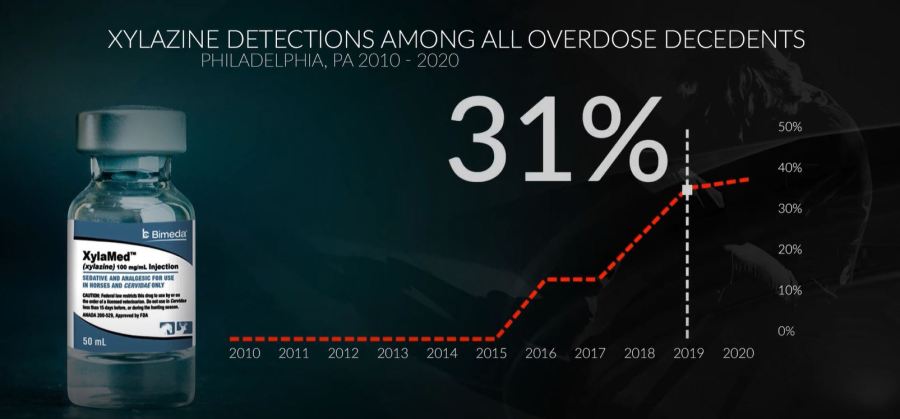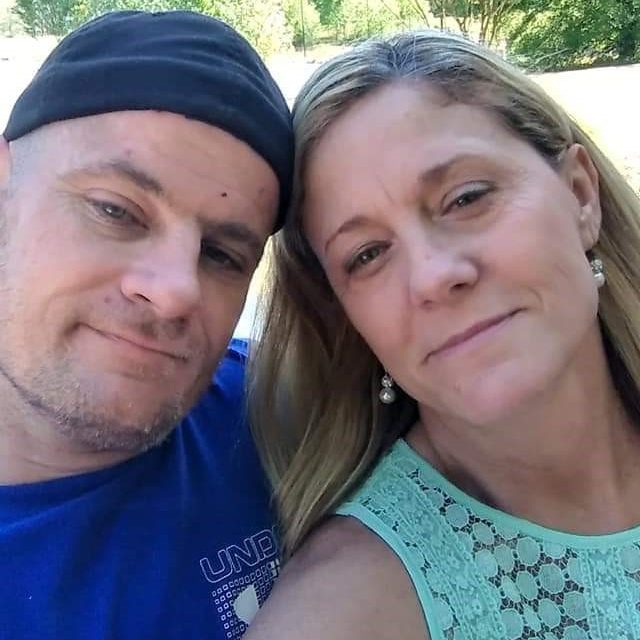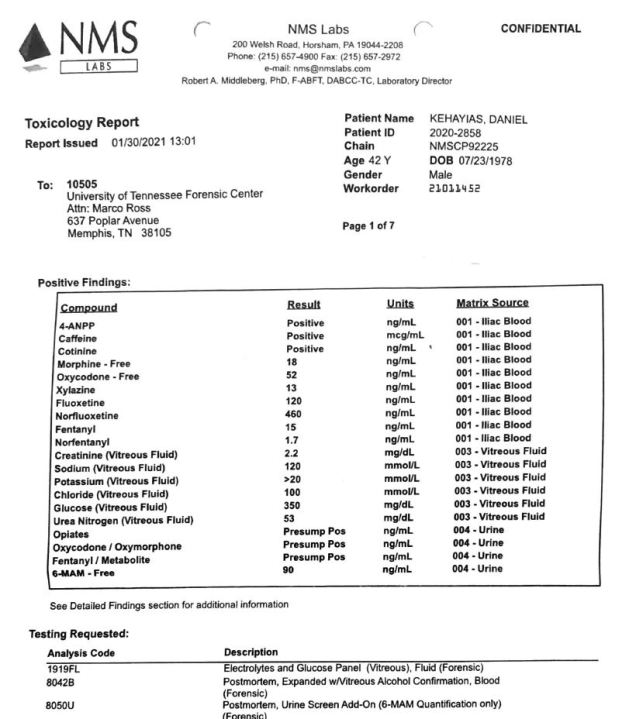SHELBY COUNTY, Tenn. — A dangerous drug emerging across the country may now be in the Mid-South.
One family is sounding the alarm.
“Something in me kept telling me something is not right here,” Diana Mendoza said. “Yes, he was an addict and had his demons.”
But that doesn’t excuse what happened to her nephew, Danny Kehayias, last New Year’s Eve. HIs mother found him in his bed unresponsive. He overdosed. Paramedics couldn’t save him.
“You’re numb. You’re numb. Your brain doesn’t process that,” Mendoza said. “That you’re not going to see him again. You’re not going to hear his voice. So yeah, it’s hard.”
The family doesn’t think it was an accident, and believes the proof lies in the toxicology report.
She believes the proof lies in the toxicology report.
The family finally got a copy eight months after Danny’s death. It lists everything in his system — heroin, oxycodone, fentanyl and a drug they didn’t recognize.
“When Xylazine came up. I thought what is that?” Mendoza said. “I put it in [the computer], and it took my breath away.”
Xylazine is a non-opioid sedative for animals. It’s mostly used on horses.
“It causes tranquilization. It helps with pain relief,” Dr. Angie Zinkus said.
Zinkus works at Germantown Parkway Animal Hospital. She said a little can go a long way.
“In cats and dogs, we are always so careful with that drug,” she said.
The FDA says xylazine isn’t safe for humans. It can weaken the central nervous and respiratory systems, cause low blood pressure and a slow heart rate. When combined with other drugs, it can be deadly.
Xylazine started emerging in Puerto Rico in heroin and cocaine a couple of decades ago. It’s unclear when it made its way to the United States.
We just know in 2006, the health department in Philadelphia, Pennsylvania said it was detected in multiple fatal overdoses.
Since then, Philadelphia health officials tell WREG they’ve been tracking it. Between 2010 and 2015, they found the drug in two percent of heroin and/or fentanyl overdoses. In 2019 that number jumped to 31 percent.

They say drug users claim “it makes them feel like they are doing dope from the old days.” They are now working with researchers across the country.
Officials stated they worried as fentanyl becomes “more prevalent,” so will Xylazine. When mixed, “it mimics heroin’s high.”
They said they’ve also learned narcan may work on the drugs it’s mixed with, but it doesn’t work on this drug. There’s no FDA approved antidote.
“That’s a deadly combination. That’s very scary,” Zinkus said.
Especially since it’s not a controlled substance. Zinkus said it doesn’t need a DEA.
“We can just order them online,” she said.
WREG asked the Shelby County Health Department if it’s tracking Xylazine to see how widespread it is in our area. No one agreed to an interview.
In a statement, health department officials said in part, it “does not track this type of information and data.”
It added, “Any substance purchased on the streets can be contaminated with a mixture of drugs and other materials harmful to the body and passed off as the intended purchase.”
Kehayias’ toxicology report states the concentration was low, but also that the effects of the drug in humans “are not well known”
The Shelby County Sheriff’s Office took a report, but declined an interview about Xylazine and Kehayias’ case.
“There’s no way. You couldn’t tell me or make me say that my nephew walked up and said, ‘Hey man, sell me a pill with animal tranquilizer in it.’ There’s no way,” Mendoza said.
Danny was just 42 years old. His family said he loved hard and his personality was out of this world.
“I know that wasn’t the one and only pill on the street,” Mendoza said.
Now, the family want answers — who sold him the drugs laced with Xylazine and other deadly substances and how many more lives were cut short because of it.
If you need addiction treatment and recovery services, call the Tennessee Redline at 1-800-889-9786.







































